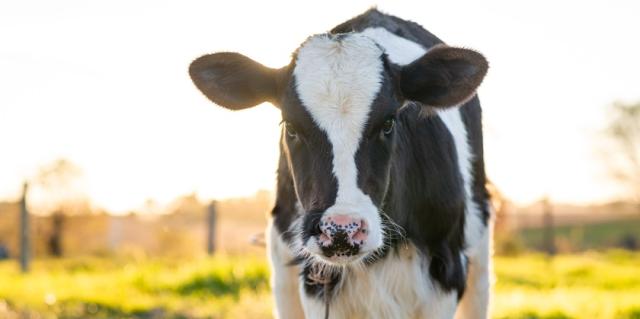This study compares the effects of different calf-rearing methods – artificial rearing versus suckling from dams until weaning – on milk production, reproduction, and calf development.

Background
This project is set out to compare the effects of different calf-rearing methods on milk production, reproduction, and calf development. Specifically, it will assess dairy heifer calves that are either reared artificially or allowed to suckle from their dams until weaning at around 85 days of age.
There is limited research in New Zealand’s pasture-based systems comparing these rearing methods. This study aims to fill this gap by examining calf growth rates, behaviour, and economic impacts, including effects on total milk production and post-partum recovery.
Benefits to farmers
- Enhanced understanding: Gain insights into how different rearing methods affect calf growth, behaviour, and future milk production.
- Improved welfare: Understand the benefits of allowing calves to stay with their dams if they exist.
- Economic insights: Evaluate the economic impacts of each rearing method, including potential cost savings and effects on overall farm productivity.
- Informed decisions: Make more informed choices about rearing methods based on comprehensive research tailored to New Zealand’s pasture-based systems.
- Long-term benefits: Learn how different rearing practices affect calf development and future dairy production, helping you to optimise your farm’s practices and improve overall efficiency.
B+LNZ project lead
Dan Brier, General Manager Farming Excellence.
Providers
Natalia Martin and Nicholas Sneddon, Massey University.
Expected end date
End 2025.